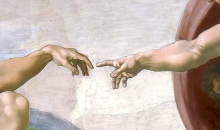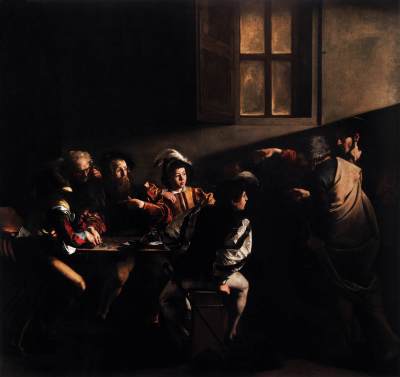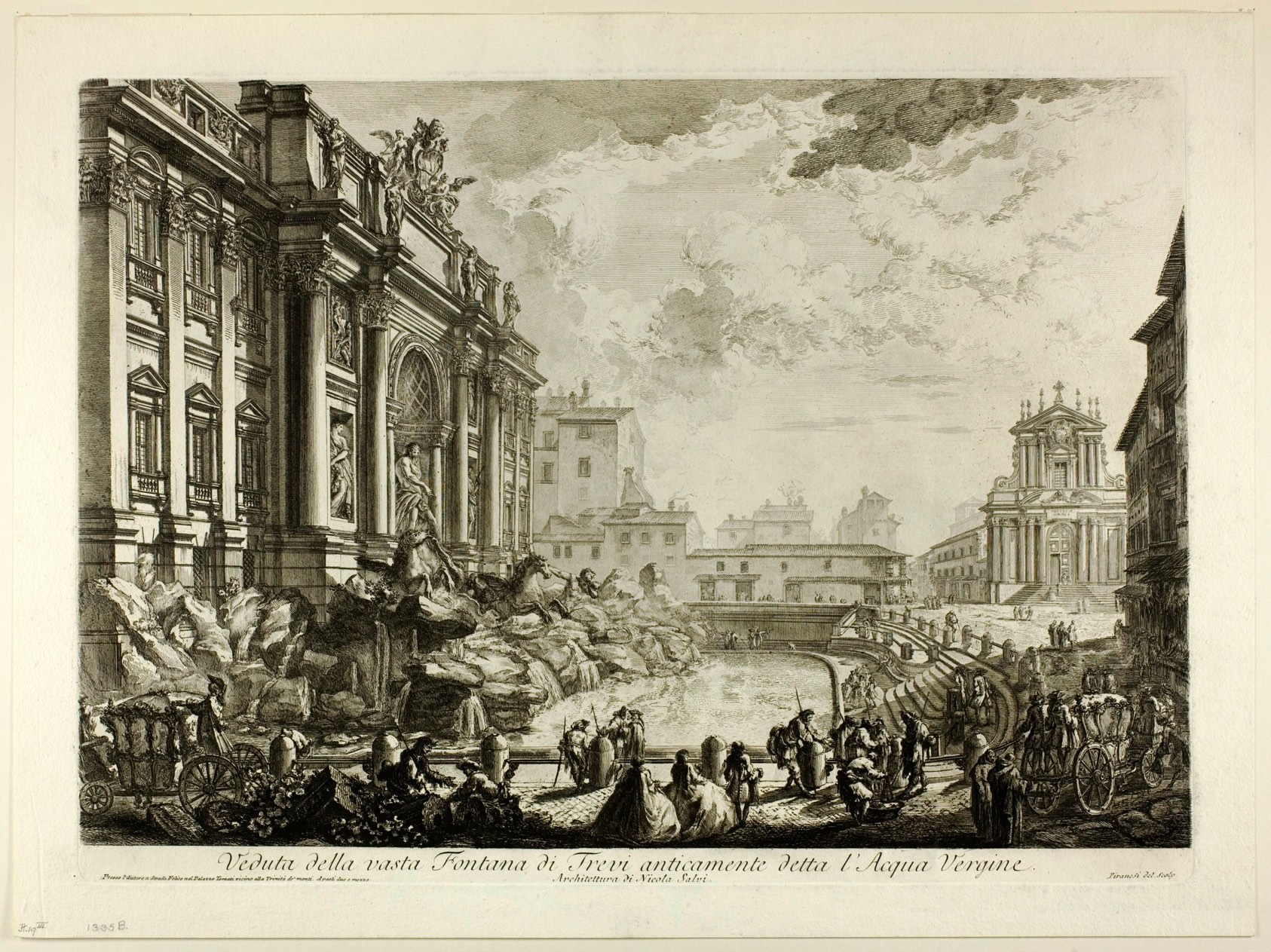Art History 101: How to Write an Effective Art Analysis

This blog post was written by former employee and SLC Writing Services Coordinator Hermine Chan.
Visual culture is an important aspect of the study of the humanities. Art presents a window into the lives and cultures of the peoples of the past, and understanding how to engage with this visual culture can be an asset to the study of history. Yet, it can be daunting to write about artwork, since most disciplines do not constantly engage with art. This article will offer some basic tips on how to engage with artwork and write an effective art history analysis.
1. Artwork as primary source
The first tip to understanding artwork is to look at it as a primary source. A primary source is an “immediate, first-hand [account] of a topic, from people who had a direct connection with it” (“Primary Sources: A Research Guide,” n.d.). Now, you can begin the first steps of analysis by finding the basic information about the source. You can start by considering the following questions:
- Who is the artist? What information can you find on this person?
- When was this work created? What art movements took place at this time period? What significant historical events were taking place?
- Was this work commissioned by anyone? If yes, how might this impact the artwork? Who is the audience?
- Additionally, “why” questions are very helpful: Why would the artist make this piece? Why did the artist choose a certain colour? Why are the different elements in the painting arranged this way? And so on.
While these are very important questions to ask, it might not be possible to find answers to all of them. That is ok! These questions are meant to guide you in the first steps of writing your paper and provide you with some information and ideas on how to continue your work. Also note that because you are essentially writing a primary source analysis, you are looking for patterns in the work to inform your analysis. You can find patterns by looking at colours, lighting, perspective, and composition.
2. Colours and lighting
Colours and lighting can provide useful information about the artist’s intent. Sometimes artists use these tools to highlight or obscure an aspect of a piece of art. Here is an example:
3. Perspective and composition
Perspective and composition are additional tools artists use to guide the viewers’ attention to the different elements in their works. Much like colour and lighting, the position of certain elements in an artwork can be helpful for interpretation. Some important questions to consider are as follows: What is significant about the position of a certain element? Does the arrangement of the different elements in the piece send a message? If yes, what could that mean? How would this message relate to the other patterns that you have identified?
Here is an example:
4. Make an outline and write a thesis statement
It can become overwhelming to analyze a piece of art, especially if it is your first time doing so. An outline will keep your ideas organized and help you identify patterns easier. Note that the patterns you identify will help you to come up with a thesis statement that drives your argument. So, it is a good idea to keep your ideas organized! You can organize your outline based on the different categories you would like to explore or the individual elements you think are significant. There is no right way to make an outline, but if you need some help you can find ideas here. Additionally, you might benefit from drawing diagrams to categorize your ideas. Write down or highlight the overlaps you notice; they will be very useful when you are working on your thesis statement, because these overlaps signal themes and messages the artists might be conveying. Now that you have gathered your notes and identified some themes, you are ready to write your thesis statement.
5. Support your thesis statement
Once you have a thesis, it is time to support it with your evidence. This might sound difficult at first since your evidence does not come from sentences and paragraphs. Keep your outline nearby and use the visual details that you have already noted to support your claim. Here, you might have to describe some of the details in the artwork to make your evidence appear clearer to your readers. If that is the case, try to be concise and only describe the elements that are relevant to your thesis. For instance, if your thesis focuses on the importance of colours in depicting social hierarchy, you might want to briefly describe the colours used to depict a certain social class. Additionally, think back to your answers to some of the “why” questions presented in this article. You will need to explain your reasoning for focusing on your chosen evidence, so your answers to some of these “why” questions help you to support your evidence. Further, if you have some information about the historical period or the art movements of the time, you can examine the details of the piece of art according to this information. Artists generally depict themes that correspond to the events of their own lifetime, so an understanding of the historical period might be useful in contextualizing your evidence.
Remember that these are only basic tips meant to ease your path in writing an art history analysis. Do not hesitate to ask for support if you need it. Your instructors and TAs are experts in their fields and will be happy to assist you with your assignments. And as always you can book a consultation with a Writing and Learning Peer at the Student Learning Commons at any point in the writing process. Happy writing!



